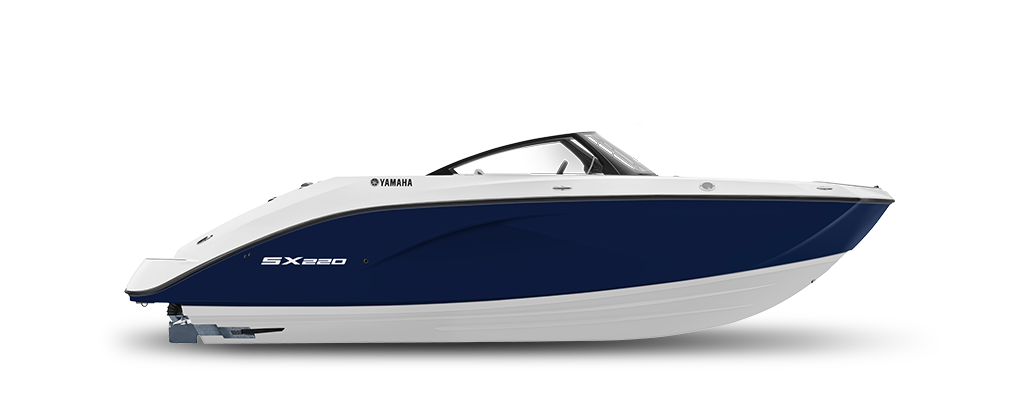
Certain models may be unavailable in California. See your local dealer for availability.

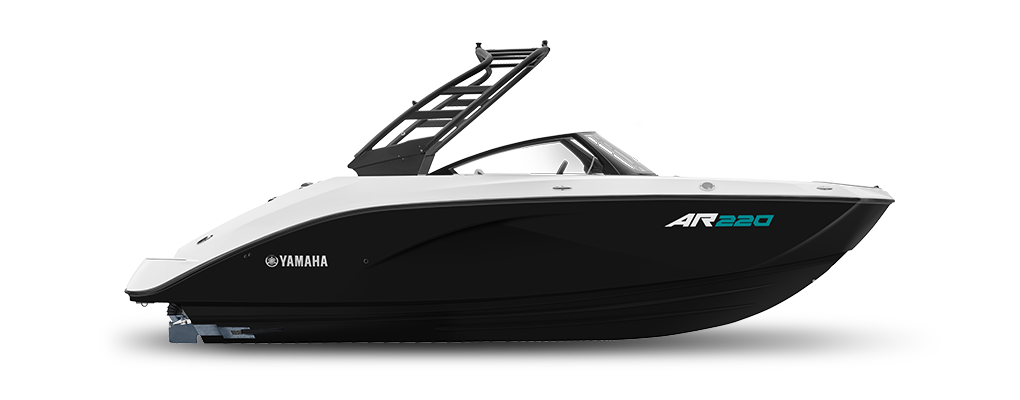
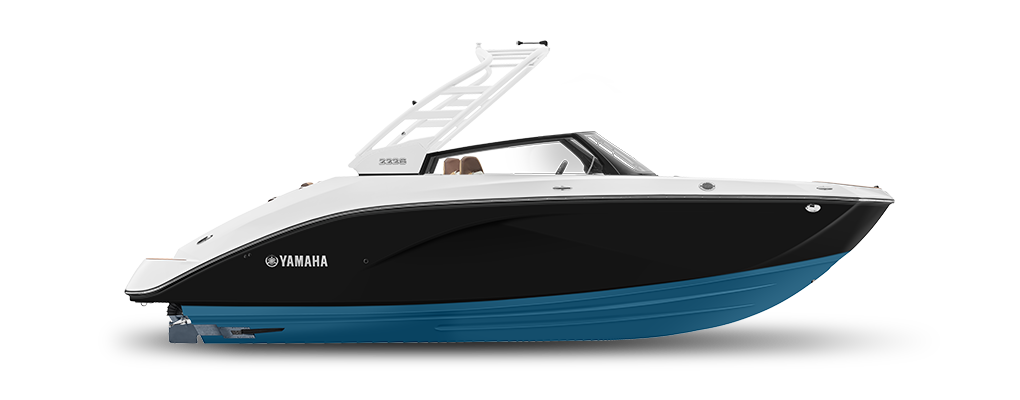
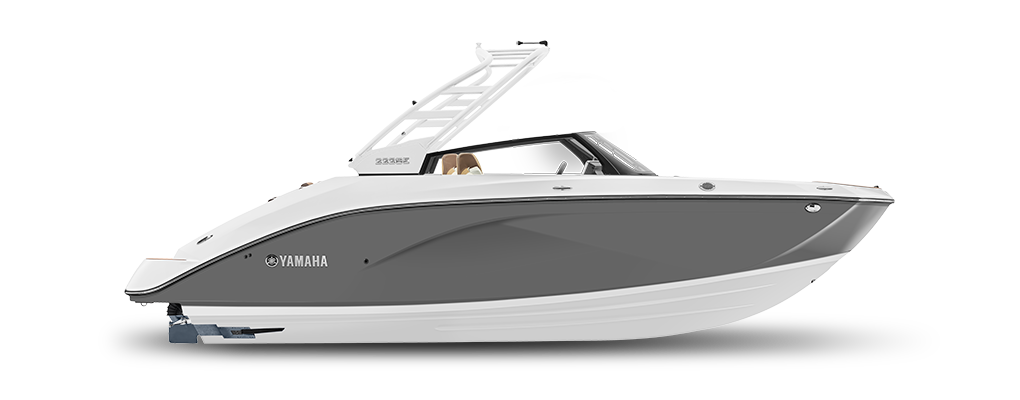
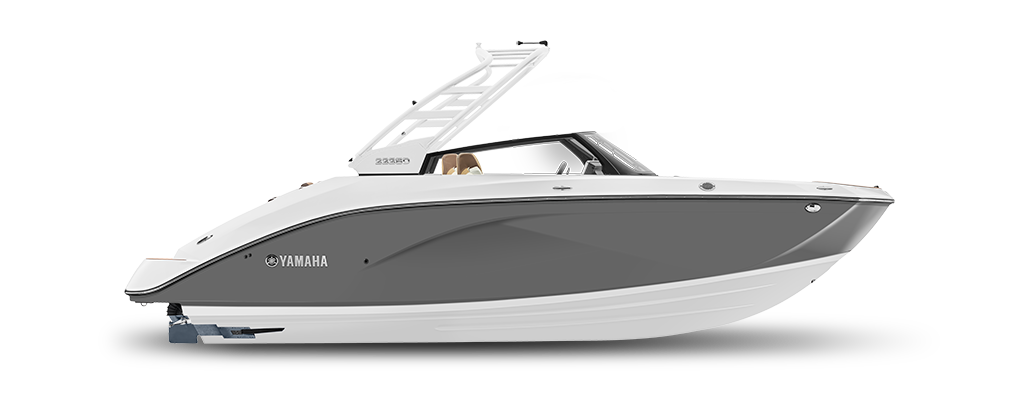
Certain models may be unavailable in California. See your local dealer for availability.
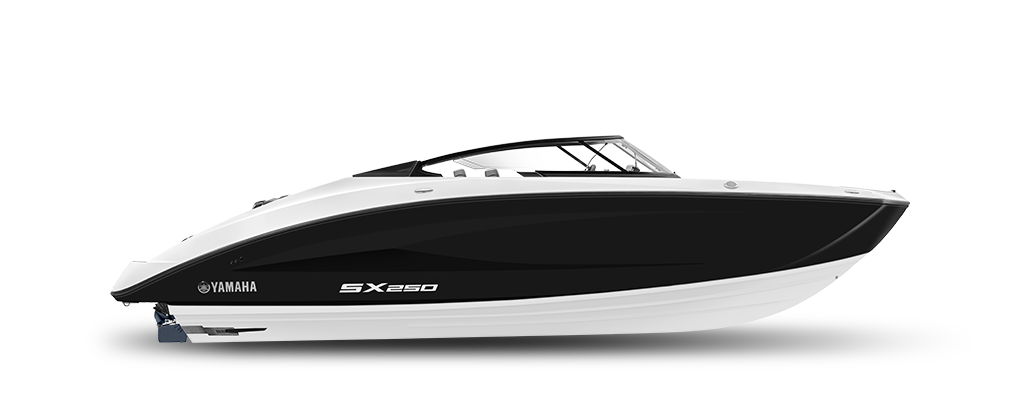
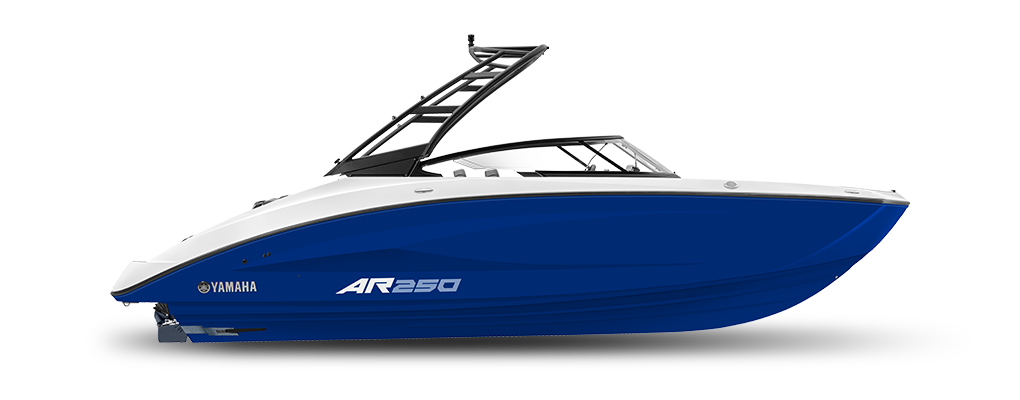
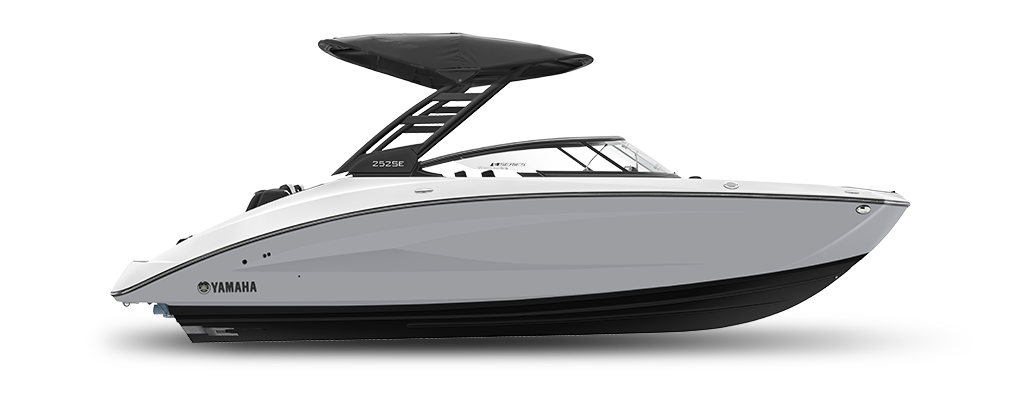
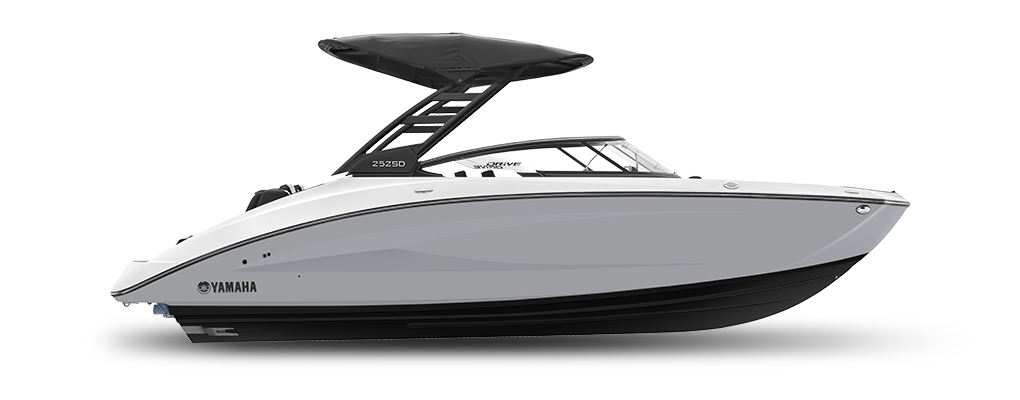
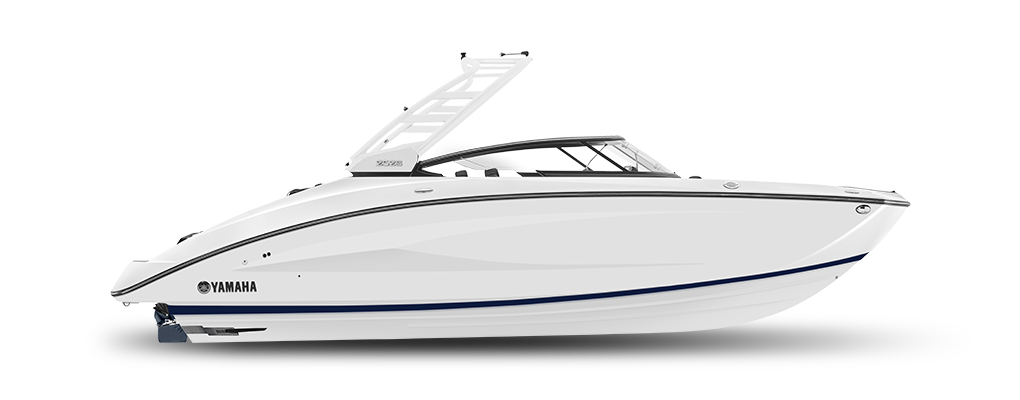
Certain models may be unavailable in California. See your local dealer for availability.
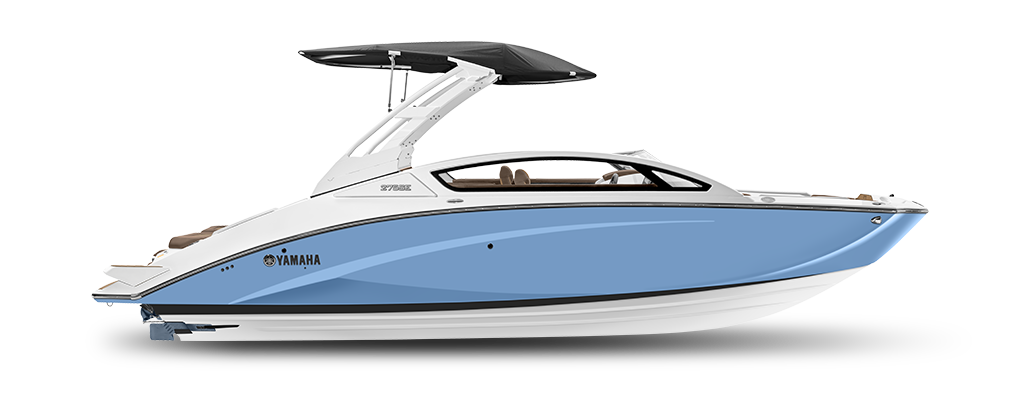
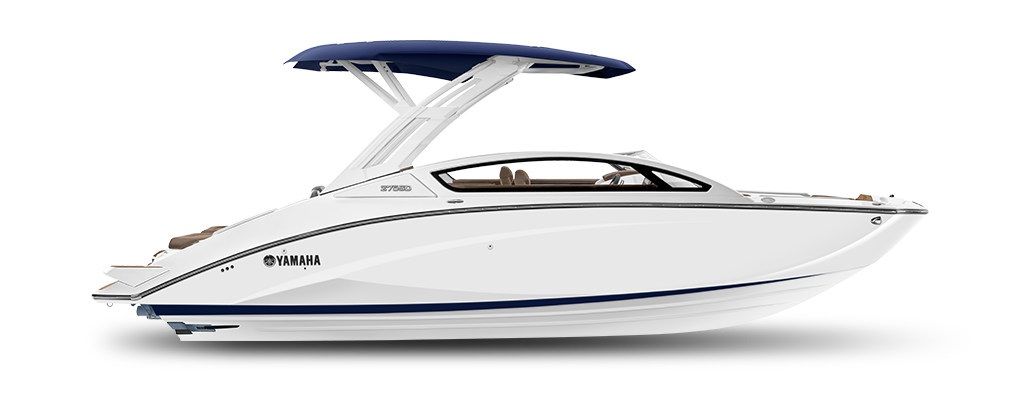
Certain models may be unavailable in California. See your local dealer for availability.
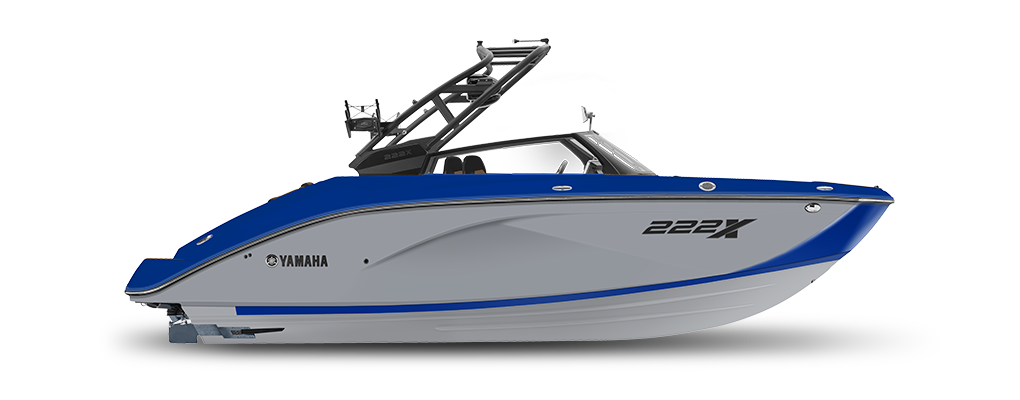
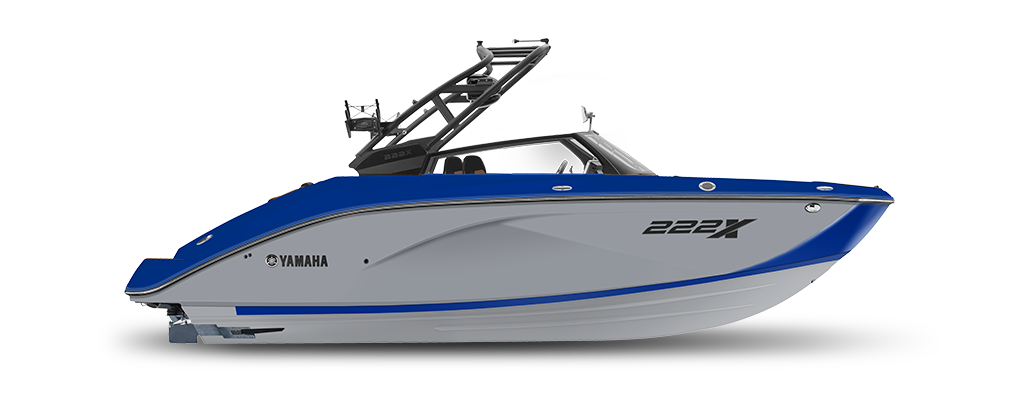
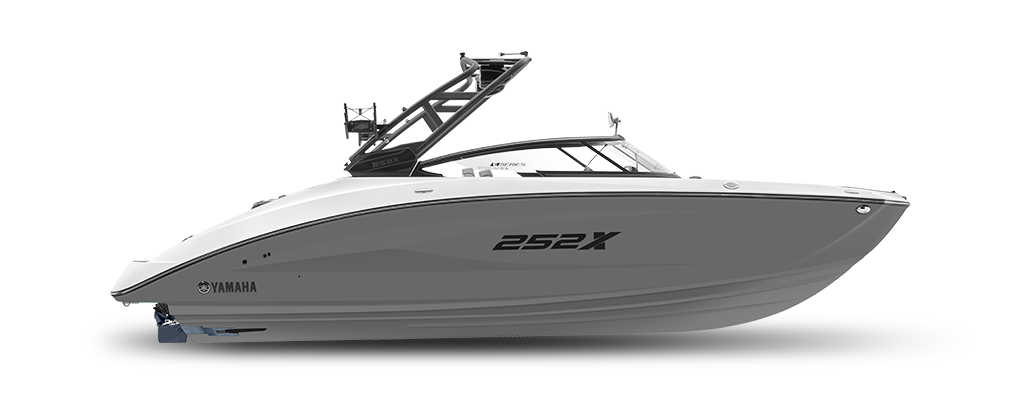
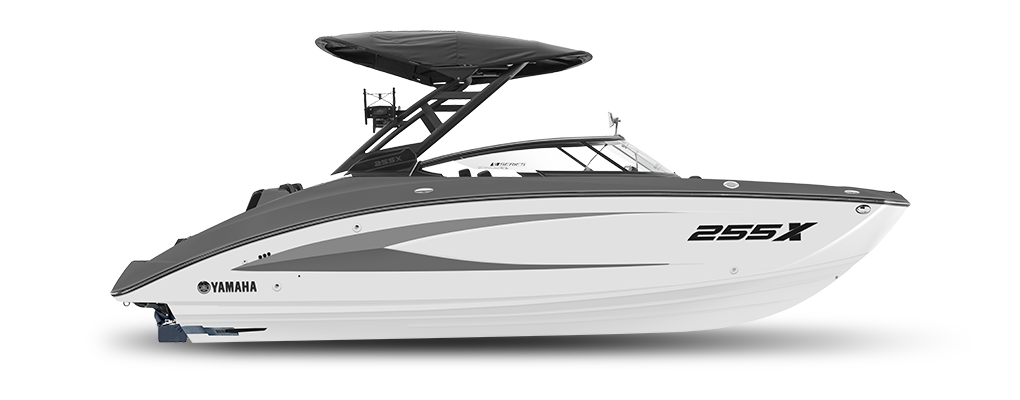
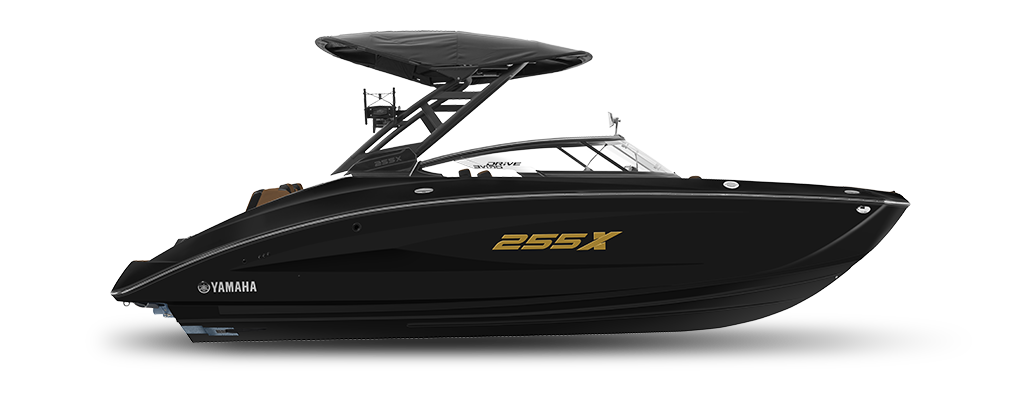
Certain models may be unavailable in California. See your local dealer for availability.
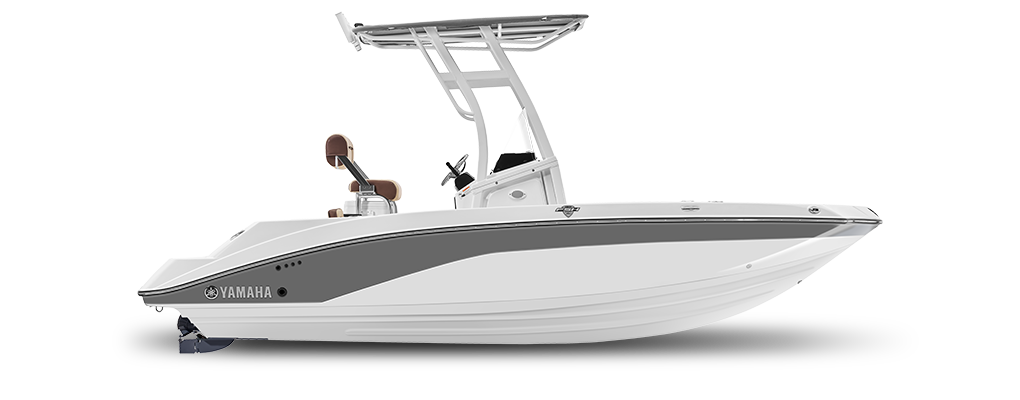
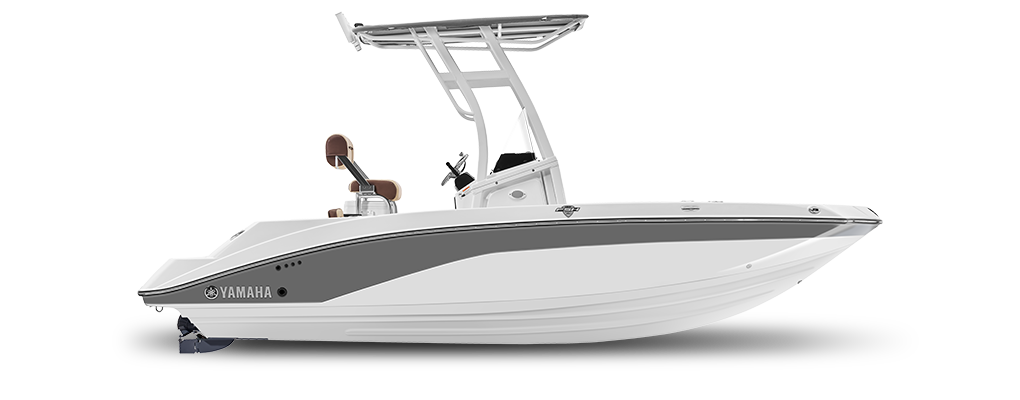
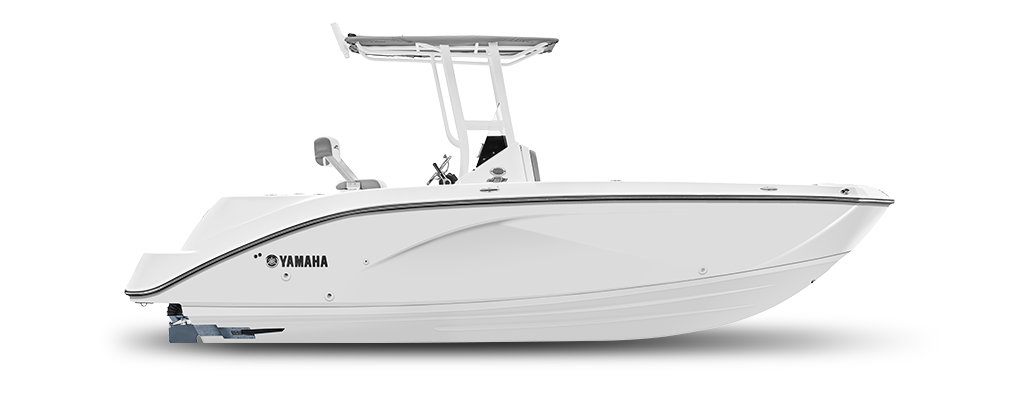
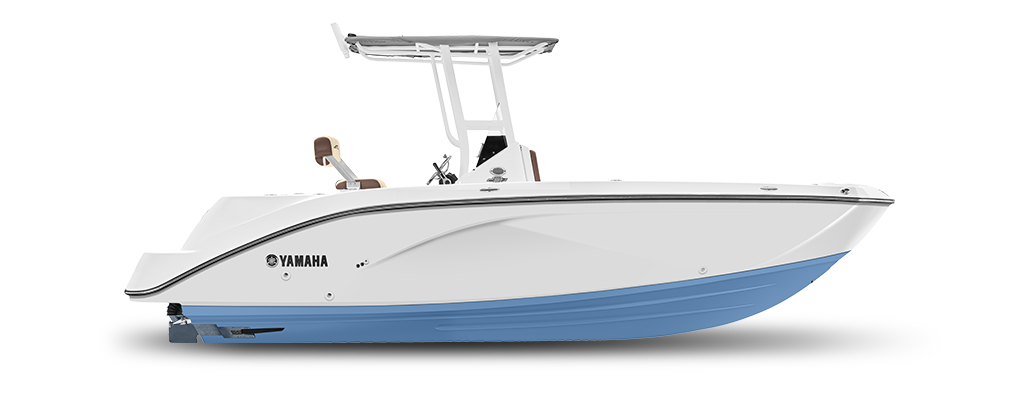
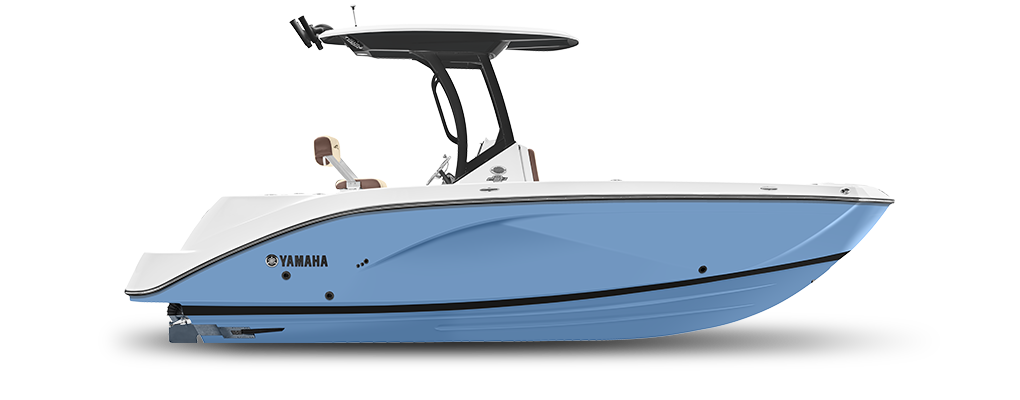
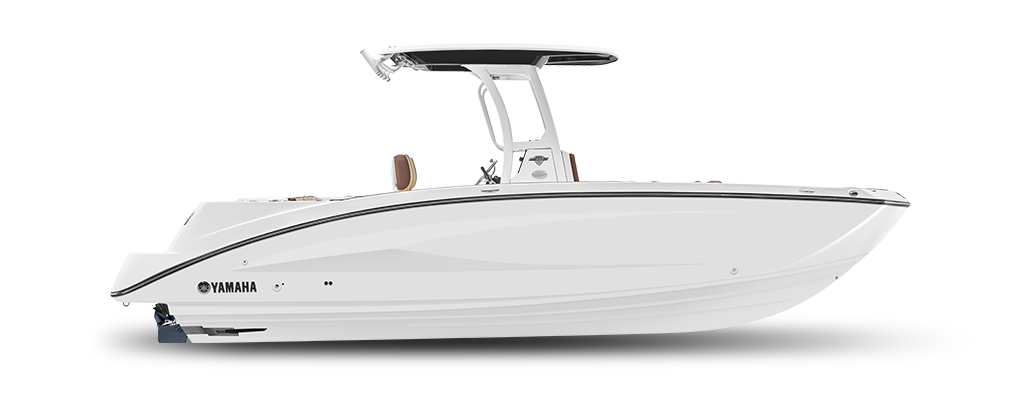
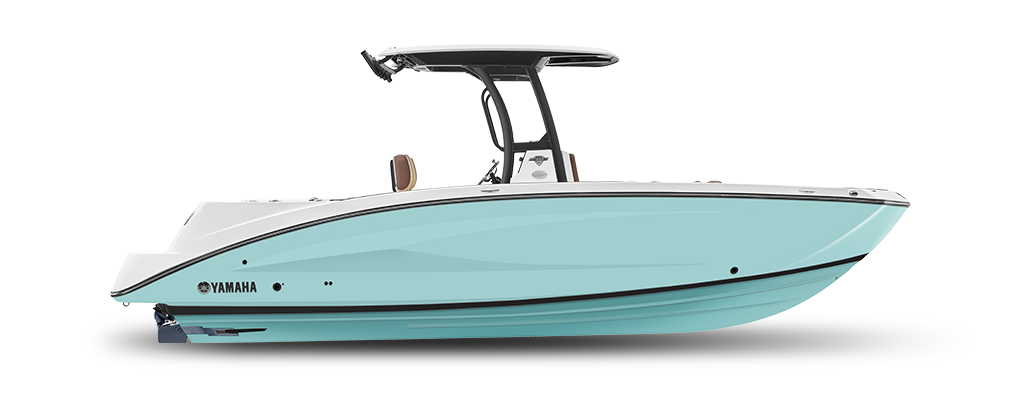
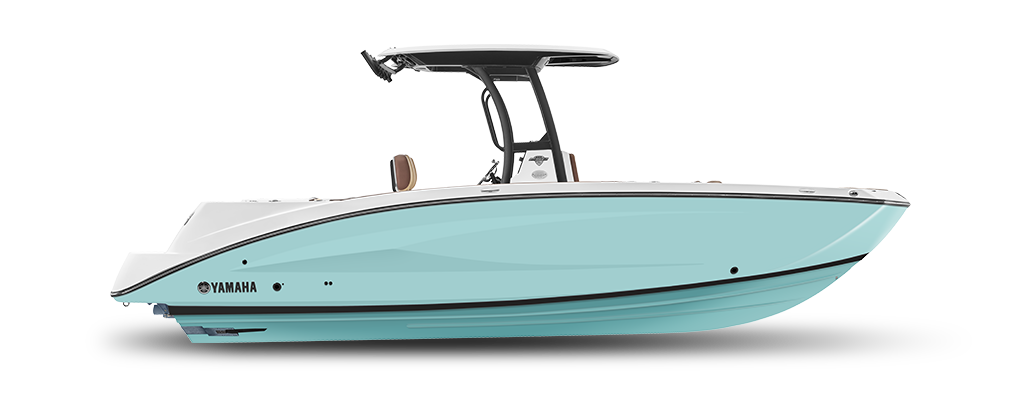
Certain models may be unavailable in California. See your local dealer for availability.
Making an impact today to preserve tomorrow.
Our Commitment to Sustainability
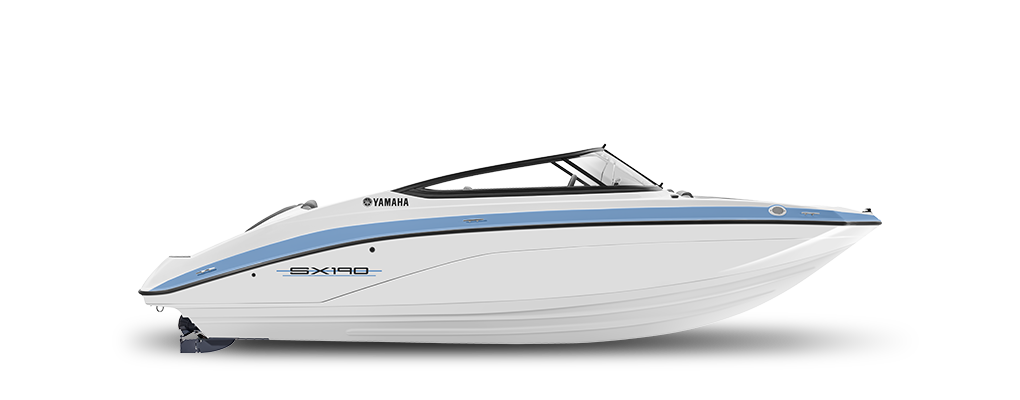
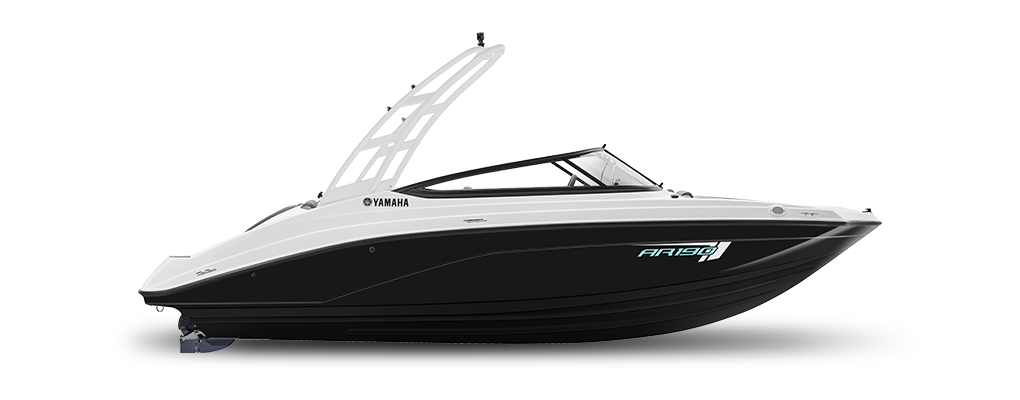
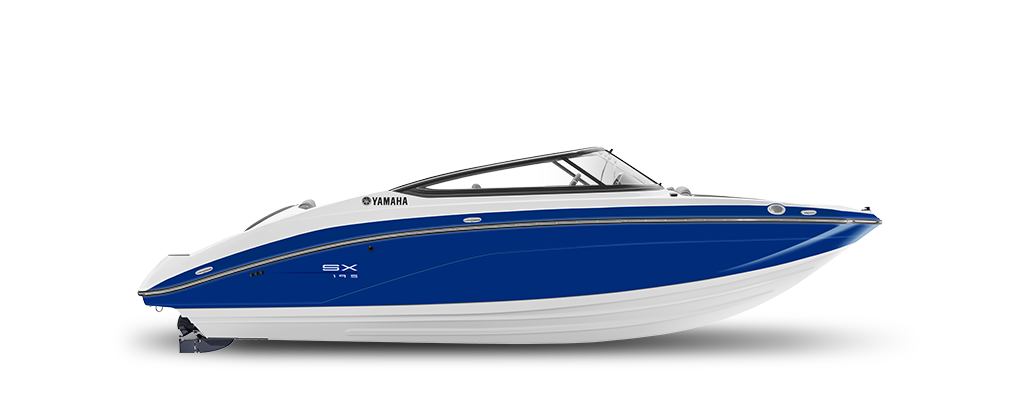
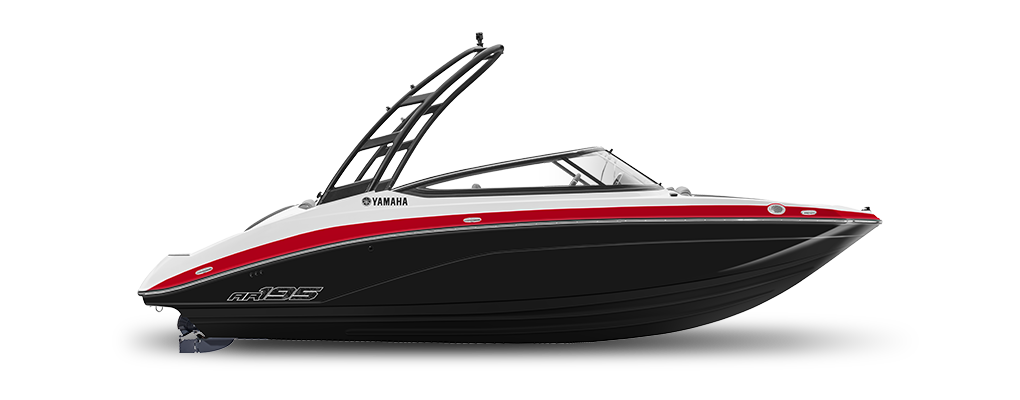
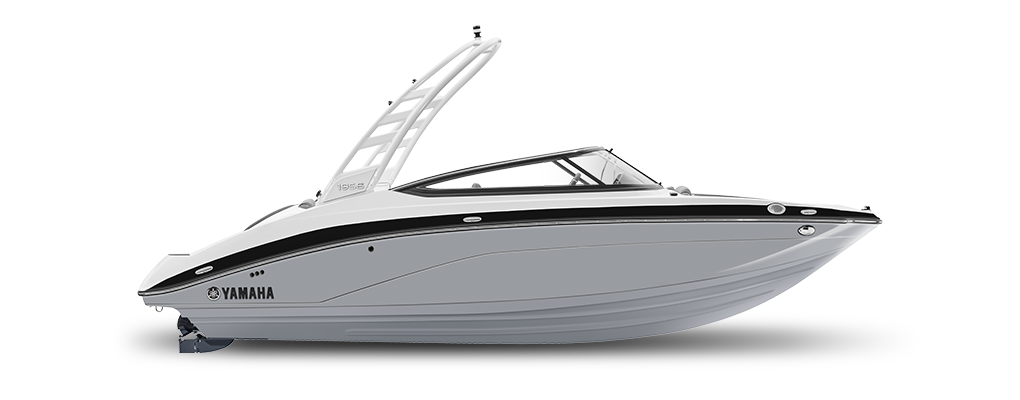
Certain models may be unavailable in California. See your local dealer for availability.





Certain models may be unavailable in California. See your local dealer for availability.





Certain models may be unavailable in California. See your local dealer for availability.


Certain models may be unavailable in California. See your local dealer for availability.





Certain models may be unavailable in California. See your local dealer for availability.








Certain models may be unavailable in California. See your local dealer for availability.
Making an impact today to preserve tomorrow.
Our Commitment to Sustainability
You can choose up to four units.
MaintenanceYamaha wants you to have an outstanding ownership experience. Maintenance plays a big part in that. We’ve learned a lot about caring for boats during our many years as a jet boat manufacturer, so download our complete Maintenance Matters guide and continue on for some knowledge and simple tips.
Maintenance made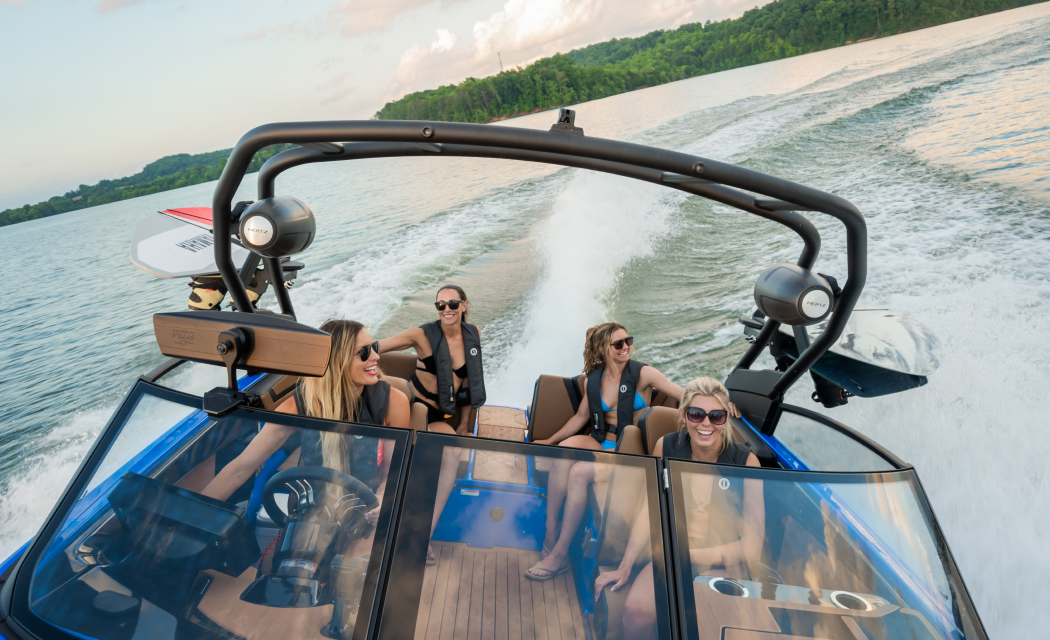
Spending a relatively small amount of time making sure your boat is in proper condition is simple to do, and:
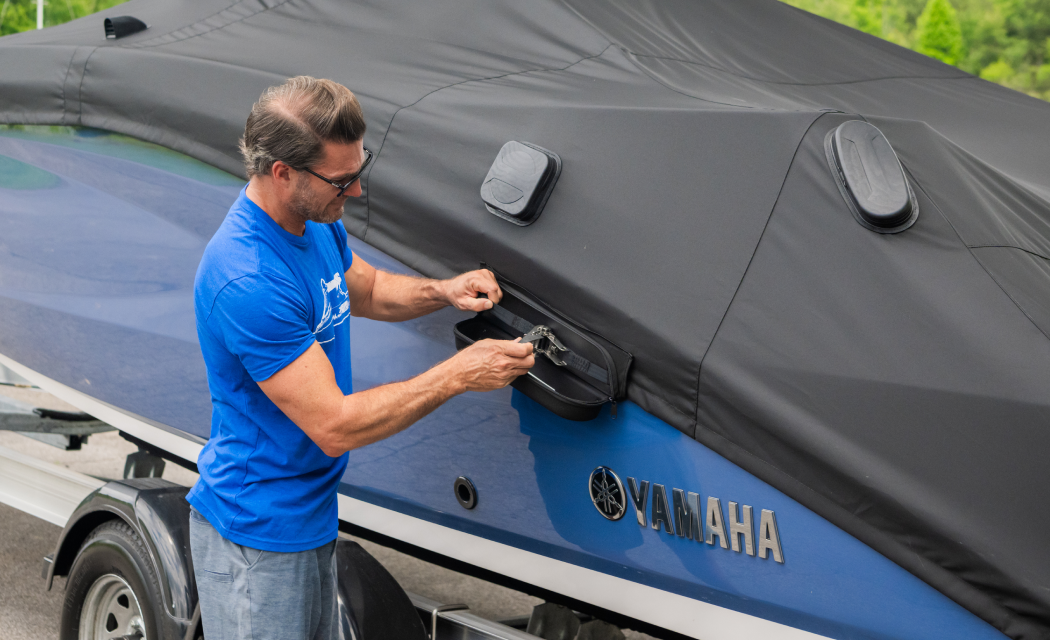
Keep your jet boat ready to run with basic maintenance like:
Download the PDF to get part numbers and specs for oils, filters, and more.
Jet boat maintenance doesn’t need to be complicated or expensive. We’re committed to helping you maintain your jet boat in a way that’s easy to do and easy to understand. Let’s get started.
Pre-launch ChecklistYamaha wants you to have an outstanding ownership experience. Maintenance plays a big part in that. We’ve learned a lot about caring for boats during our many years as a personal watercraft manufacturer; so, here’s some knowledge and simple tips on the subject.
Keep in mind you’re never alone.
DEFEND AGAINST THE ELEMENTS
While your Yamaha boat dealer can help you with, or even do, most of your general and preventive maintenance, corrosion mitigation is something you can only do yourself—and time is of the essence.
Regardless of where you boat, corrosion attacks both the inside and the outside of your boat— every day, all the time. Some forms you can see, some you can’t, and it can take only a short time for the damage to begin. Even those boating in freshwater have corrosion-mitigation duties to attend to. Why, even rainwater can have corrosive effects that can be damaging to your boat. So it’s vital to be diligent in your anti-corrosion defense.
Your dealer can help provide the right products to help prevent some forms of corrosion, but their regular and diligent use is strictly up to you. The following are answers to common questions about how to mitigate the presence and damage of corrosion.
Where do I need to concentrate my fight against corrosion?
Corrosion can happen pretty much anywhere on or in your boat: inside, in your fuel system or in the internal cooling water passages, and on the outside, in various electrical connections and exposed metal components. But don’t worry, you have a lot of allies on your side, and we’re here to help by teaching you where to look and what to look for.
What’s so important about flushing my boat? I boat exclusively in freshwater; do I still need to?
Your Yamaha boat is raw-water cooled, meaning it uses the water it’s operating on as cooling water. All water, fresh or salt, contains contaminants that will eventually build up in the cooling passages over time. Additionally, saltwater is naturally corrosive and any remaining in those cooling water passages after use is left there to do its worst, unabated. Saltwater can also experience crystallization when exposed to heat above 170 degrees, which causes deposits to form and potentially restrict cooling water passages. For these reasons, it’s a must that you flush your engine thoroughly with fresh, clean water after every use.
How do I go about flushing my boat?
Use this basic method to flush after each trip.
Note: Never turn on the water before starting the engine. The water could flow back through the muffler into the crankcase causing severe engine damage. Be sure to turn on the water immediately after starting the engine to prevent engine overheating.
Note: Never have the water on when the engine is not running. The water could flow back through the muffler into the crankcase causing severe engine damage. Do not run the engine for more than 15 seconds after the water supply has been turned off to avoid engine overheating.
What is “dry corrosion”? What causes it and what can I do about it?
Dry corrosion occurs in areas not in direct contact with water— exhaust systems, for example. The outside of most exhaust system components is cooled by raw water to prevent overheating. When today’s ethanol-enhanced fuel is burned, it creates by-products known as sulfate salts. These salts are highly corrosive, especially when exposed to very hot temperatures. If the boat’s cooling water passages are not kept clean by regular flushing (the exhaust area in this example), hot spots can form on the interior of the exhaust components, concentrating the sulfate salts’ corrosive effects. The result is corrosion from the inside out. That’s why flushing your engine with fresh, clean water for 3 minutes after each trip is a vital part of preventing even dry corrosion. It helps the cooling system run at maximum efficiency by keeping the cooling water passages clean and clear, which helps minimize the heat inside the engine, making it less susceptible to dry corrosion.
How can I fight corrosion on the outside of my boat?
It’s a good practice to set up a regular schedule and stick to it. There are quick and simple things you should do after every use if you boat in saltwater, and periodically if freshwater is your game. These include visual inspections you should do every time. If you’re unsure about what to do and when, your authorized Yamaha boat dealer can help.
Note: If salt build-up has become a problem, or your boat’s engine has somehow been directly in contact with saltwater, it’s okay to gently rinse portions of the engine with clean, fresh water to remove salt and other contaminants. Just use a hose on low pressure—not a spray attachment—and don’t rinse around the air intake area. Make absolutely sure the engine is completely air dry before closing the engine hatch.
Anodes: Anodes intentionally corrode before your engine does, in order to help protect it. Better known as “sacrificial anodes,” they are typically dull grey in color. On Yamaha boats, they’re usually located on the jet pump body or on or outside of the jet pump. As corrosion occurs over time, they begin to “dissolve.” Replace them when they are about 50% gone with only high-quality, factory-recommended replacements. Don’t be fooled by lesser-quality imitations. Too much is at stake to risk it. Yamaha sacrificial anodes are made of a blend of high-quality alloys specifically designed to help protect your Yamaha boat.
Caution: Never paint or cover anodes in any way, as they must be in direct contact with the water in order to perform correctly. When exposed to the water (especially freshwater), they can become covered with a layer of organic growth (often referred to as “scum”). This is often so thin you won’t even notice it, but it can prevent an anode from doing its job. Therefore, during your regular washdown procedure, make sure to take a brush and some soap to the anodes to keep them clean and in direct contact with the water. This will help keep them working properly.
Electrical systems: Look under the console and in the bilge areas for electrical connection blocks. Also, check the battery terminals. If corrosion appears on either, Yamalube® Battery Terminal Cleaner & Protector will do the trick. Spray it on to clean the affected areas (heavily corroded connections will first need to be disconnected and thoroughly cleaned). When it dries, it leaves a protective waxy film that will help keep corrosion from re-forming.
Fuel & Fuel SystemKEEPING YOUR MACHINE CLEAN
The largest source of trouble with marine engines lies with the fuel and fuel system. Paying regular attention to both can help prevent major headaches down the road. From hoses and connections to proper filtration and even fuel additives, time spent maintaining your fuel system helps keep you safe and your boat ready for action. This is especially true if your boat is not used every day.
What is ethanol and why is it so bad for marine engines?
Ethanol has been added to most of today’s fuel supply as an oxygenate to help reduce emissions. It’s also used to extend domestic fuel supplies.
Ethanol is alcohol, and alcohol is “hygroscopic,” which means it attracts water molecules. Since nearly all boat fuel tanks are vented to the atmosphere, water can (and will) collect in your fuel. When the concentration of water molecules in your fuel tank reaches just ½ of 1%, the water molecules will bond with the alcohol and sink to the bottom, where your fuel pick-up is. Depending on the amount of water ingested into your engine, this can result in everything from running problems to catastrophic damage.
Ethanol, being alcohol, is also a powerful solvent that can loosen debris in your fuel tank and all the tanks and lines it was in before it got to you. Once in your engine, this debris can cause everything from running issues to a no-start, no-run condition. That’s no fun.
What can I do to protect myself from the potentially damaging effects of ethanol?
Fortunately, there are simple procedures that can help, but it’s important that you do your part. This is one part of maintenance you must proactively do for yourself.
Tip: Today’s gasoline can begin to break down in a matter of weeks, not months. Make sure to treat every tank of fuel, not just for extended storage. It’s cheap protection against a world of hurt.
What are some other tips I need to know about my fuel system?
All the items are available through your local authorized Yamaha boat dealer. More information can be found at YamahaBoats.com.
Electrical SystemToday’s modern boats and onboard electronics require juice to run. That’s why your electrical system is one of the most important systems on your boat. Because boats constantly operate on or are near water, electrical system care is even more important, especially in highly corrosive saltwater environments. Make sure your electrical system is ready to perform with these simple checks and procedures.
Check the wiring and connections.
The electrical system’s job is to carry voltage from one place to another. If the voltage can’t make the journey, or if it’s diminished when it gets there, the receiving device will not function properly, if at all. The goal is to have as much voltage (or electrical energy) arrive at Point B as left Point A. As electricity passes through a device, some parasitic loss is normal. However, corrosion impedes electricity’s ability to travel, which can cause significant voltage loss or intermittent voltage. Either can wreck the good times, but with simple visual inspections and physical actions these scenarios can usually be avoided.
Some electrical corrosion can be easy to see, such as corrosion on battery posts or electrical panel connections. Other damage can be more difficult to see, such as internal corrosion that has rotted some or all of the individual strands inside a wire’s cover. You can use an ohmmeter to check electrical connections and wires for excessive resistance. There should be no more than 0.1-0.2 ohm resistance between electrical connectors on each end of a wire. Any more than that and you should investigate further.
Don’t forget the batteries.
Make sure to use the right size and type recommended in your owner’s manual. If there’s any question about a battery’s performance, have it load tested. Any auto parts store can do this for you, or you can do it yourself with the right equipment.
Caution: Make sure that there are no fuel fumes present when making, breaking, or checking battery connections and condition. Give the area the “sniff test” to check for fumes. If in an enclosed area, run the blower or thoroughly air out the space, or take the battery outside to test it. Please plan and protect accordingly.
All battery cable connections must be clean, tight and use hex nuts and lock washers (not old- fashioned wing nuts). Loose connections can cause frustrating intermittent issues or a full-time run” condition. A dirty or corroded connection can impede electricity’s ability to travel, and a battery terminal connection may be corroded, yet appear clean. To avoid any doubt, always remove the terminal connection and clean both sides of the connecting materials down to bare, shiny metal, then reinstall and tighten the connection properly.
Don’t forget the house batteries.
Most larger boats that have multiple electrical demands also have house batteries. House batteries are additional batteries and are separate from the starting battery. They are used to ensure that a boat with high electrical loads won’t drain the starting battery when in use and leave a boater stranded. Many large Yamaha boats have a separate battery isolator/charging leads specifically for charging these separate batteries. With proper wiring and components, the charging system will be able to charge the starting battery/batteries first to help keep the voltage up and ready to go. Once fully charged, it will automatically “switch” the charge to the house battery/batteries.
Check the electrical connections.
Corrosion often occurs where wires meet. Visually check electrical blocks under the dash and/or in the bilge. Also, check any connections on gauges or add-on electrical equipment like battery switches, plotters, or fish-finders. Wiggle wires and connections to check for looseness. If either is found, disconnect and clean the connection with emery cloth or fine-grit sand paper, then reinstall and tighten properly.
Don’t spare the spray.
If you haven’t already sprayed connections with Yamalube Contact Cleaner. They’re the best you can get for your boat, and they’re all available through your local authorized Yamaha boat dealer.
Engine Oil and LubeYou’ve heard the expression “choose wisely.” When it comes to choosing an engine oil and filter to protect your Yamaha, this couldn’t be truer. Using the correct oil and filter at the recommended intervals is the single most important thing you can do for your boat.
Checking your oil level.
The oil level check procedure for your Yamaha boat is a bit different than the procedure for your car. It’s easy to get an accurate reading if you follow the procedure outlined in your owner’s manual. A few things to keep in mind:
What oil should I use?
The engine in your Yamaha boat is vastly different from your automotive engine; so avoid regular automotive engine oils. Use a motor oil specifically formulated for the rigors of the marine environment, like Yamalube® 4W for four-stroke boats, and Yamalube 2W for two-stroke boats.
Let’s look at a few reasons why:
Yamalube boat engine oils provide specific protection other oils don’t, using a proprietary blend of marine-specific anti-wear additives, shear-stable polymers, corrosion inhibitors, detergents, dispersants and viscosity index improvers. In short, they’re far superior to automotive engine oils in their strength of protection, durability and corrosion resistance.
Aren’t all oil filters pretty much the same?
Outwardly, perhaps. But it’s what’s on the inside that counts most. Yamaha oil filters are manufactured specifically to protect Yamaha engines, using only the finest components and construction methods available. This includes a special filter media and metal filter media bases (instead of cardboard), to help them achieve a level of durability and filtration far superior than most “off-the-shelf” oil filters. From the quality of the materials used to their high-quality construction, they simply outperform and out-protect most aftermarket alternatives.
What Yamalube oils are right for my boat?
Yamalube 4W Formulated to protect your investment from the harsh effects of cold starts, hours of trolling and high-load, high-speed operation, its special anti-corrosive additives are particularly suited for the harsh marine environment.
Yamalube 2W Formulated to provide outstanding protection for two-stroke, water-cooled boats, its special blend of additives helps combat ring stick, corrosion, varnish and wear. It’s a standard by which other two-stroke oils are judged.
Can I change my own oil?
Absolutely, but you don’t have to. If you’d rather leave it to your Yamaha boat dealer, they will be happy to take care of it for you in their specially trained and properly equipped service department. That also means you won’t have to dispose of the used oil yourself. But if you prefer to do it yourself, your Yamaha boat dealer can set you up with a Genuine Yamalube Oil Change Kit, specific to your Yamaha boat. Everything you’ll need to do the job right. Kits are available in Yamalube 4W.
Other Key ItemsThere are a few other important things to keep an eye on. Check your owner’s manual for your particular boat’s schedule and keep note of when to check on them by watching your hour meter.
Accessing your boat’s pump cleanout ports.
Open the rear platform hatch. Remove the access port caps to let any water drain that has pooled on them. If the boat will be stored on the trailer nearby, leave the caps out until you prepare to launch the boat again. If the boat will be transported on the trailer any distance, temporarily reinstall the caps and close the hatch until you get home.
Open the hatch again when you arrive and remove the caps as before. Leave the caps loose until you plan to transport the boat on the trailer again.
Note: Leaving the access port caps out when you are not using or transporting the boat helps keep them from becoming stuck in the access ports.
Spark plugs.
As a general rule, remove and inspect boat spark plugs every one hundred hours or every other season and check for proper color and wear. They should be a light brownish color and have relatively sharp edges. When necessary, replace with the exact manufacturer and part number that your Yamaha boat stipulates. The brand type and style of spark plugs used in your boat are by design. They contain specific performance attributes that are engineered into your boat. Those little markings and numbers on your spark plugs contain a wealth of information about heat range, thread depth, etc. So don’t second-guess or try to cross-reference here. Your boat’s performance depends on it.
Thermostats and pop-off valves.
These are responsible for regulating the operating temperature of your boat. Simple and effective, they’re best observed through any signs of change in the engine’s operating temperature. Operating in saltwater can cause deposits to build up, causing the valves to stick open, which can over-cool the boat and prevent it from reaching proper operating temperature. Small bits of debris in the cooling water can get lodged between mating surfaces and cause the same condition. If this happens, removal and cleaning is most often the fix. Check your owner’s manual for specific replacement recommendations.
External AppearanceNothing matches the pride you feel in your clean, well-maintained boat. Keeping your rig looking and performing like new has longevity benefits, too. Here are some tips and easy procedures you should perform regularly to help protect and preserve your baby.
Make it easy on yourself. Just like you clean the inside of your boat by fresh water flushing after each trip, thoroughly spray down your boat with fresh, clean water. Use a soft cloth and a mild, marine-specific cleaning agent, like Yamaclean® Pro Wash Spray, then rinse it again.
Note: Don’t use liquid dish soap or ordinary household detergents when washing your boat. They remove waxes and other protective coatings your boat needs.
To protect and preserve. Don’t be afraid to spray the entire engine(s) liberally with Yamalube® Yamashield™. It not only helps give your powerhead that just-detailed look, but also helps prevent the effects of corrosion.
Look out below. Check for signs of scratching or scratches to the bottoms finish. This is a sign you are operating the boat in water that is too shallow.
Keep it covered. When not in use or when trailering, protect your boat from the elements with a custom-fit Yamaha boat cover.
Whether washing, waxing, caring for your upholstery, polishing stainless steel, cleaning carpet or deodorizing life jackets and wet storage areas, you’ll find the marine-specific formulas to do it right at your local Yamaha boat dealer. Just look for the yellow stripe on the Yamalube label.
Tip: If the products you need are not currently in stock, ask that they be ordered, and accept no substitutions. Insist on killer clean. Insist on Genuine Yamalube cleaners and care products.
Extended StoragePreparing for extended storage efficiently and effectively means you’ll have a worry- and hassle-free experience when you return to using your Yamaha boat.
Returning your boat to the canal behind your Florida vacation home. Hitting the water, the first warm day after ice-out. Either way, you want to get in and go, not spend time performing tasks that should’ve already been done. Or worse, fixing damage created in the offseason. Take proper precautions. This is not the time to hurry or compromise. Your Yamaha dealer has the goods if you prefer to DIY. Otherwise, they will be happy to take care of these procedures for you.
Tip: Don’t wait to call your dealer about winterization. The threat of the season’s first freeze is too late!
Tip: Be sure to lube all grease zerks with the correct grease stipulated in your owner’s manual to help force out any water that may be residing there.
Tip: Charge battery fully before storage and have them load tested to make sure they’re going to be up to the task come spring. It’s best to check the charge monthly and keep them topped off if you can. If your boat’s stored outside during the cold winter months, don’t risk them freezing. Bring your batteries indoors to a cool, dry place.
Trailers need love, too.
Your trailer takes the good times to the water, but it is an often-neglected item when it comes to maintenance. It’s not difficult to do, and it’s important. Here are a few tips:
You can’t take it with you. Seriously.
Many areas of the country are experiencing the rampant spread of invasive species like zebra mussels and hydrilla. These “hitchhikers” can easily be transported from waterway to waterway by unsuspecting boaters through trailering. To help prevent their spread, visually inspect your boat and trailer every time you pull out of the water and remove any you find. Make this part of your regular routine after trailering your boat. The waterway you’re headed to next will thank you for it!
Why Yamaha?No one knows your Yamaha boat better than Yamaha, including how to care for and maintain it. That’s why the engineers that designed and built your boat are some of the same engineers that assist in the formulation of specific products designed to help you care for it. And we offer comprehensive, easy-to-understand information about what to do and when, and what to use and where.
We have the products.
Yamalube. ® It’s the brand behind our reliable motors, and for good reason. They’re the only products built around the unique demands, operating characteristics, and applications of Yamaha boats. Using the proper maintenance products is as important as proper maintenance itself, and Yamaha is committed to helping boats last. Yamalube products are all specifically designed and manufactured to help maintain the performance and value of your boat for many years to come. It’s all about your satisfaction.
Why is using Genuine Yamaha maintenance and care products important?
We have the information.
Let’s face it, the best products in the world do you no good if you don’t know how, when, and where to use them. From easy-to-understand maintenance charts, to instructional how-to videos, to on-site seminars with some of our professional staff, Yamaha makes it easy to know what procedures need to be done, and when. This Maintenance Matters® book is proof, and it’s just the start.
We have the dealers.
With a nationwide network of approximately 150 authorized Yamaha boat dealers from coast to coast, there’s sure to be one nearby that can help. If you choose to do the maintenance yourself, your local dealer has the Genuine Yamaha and Yamalube products, parts and materials you’ll need. Or they can do much of your maintenance for you. They have access to all of the maintenance schedules and proper materials for Yamaha boats, and the experience and the tools to do the job right. Either way, Yamaha has you covered.
So whether you get the parts from your Yamaha boat dealer and do it yourself or have them do the work for you, you’ll rest assured knowing you’re doing your part to help protect and preserve your Yamaha boat.
Note: All the items in this catalog are available through your local authorized Yamaha boat dealer.